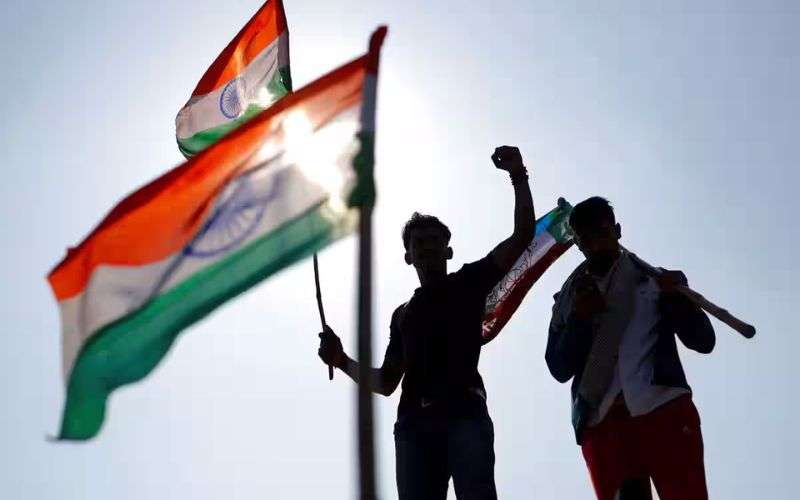
15th August, the day of India’s independence, is special for every Indian. On the occasion of 15th August, every Indian salutes the national flag. Everyone wants to hoist the national flag on their house, shop and vehicle. It is a good thing to hoist the national flag and hoist the national flag. By hoisting the national flag, one feels a sense of nationalism. Some special rules have been made for hoisting and hoisting the national flag. It is very important to know these rules before hoisting the national flag.
What are the rules for hoisting the national flag
The rules for hoisting the national flag in India have been decided by our Parliament. All the rules and regulations related to hoisting the tricolor in India come under the Flag Code 2002. This flag code is applicable from 26 January 2002. Before 2002, the rules for hoisting the tricolor came under the Emblems and Names (Prevention of Improper Use) Act, 1950 and Prevention of Insults to National Honor Act, 1971. In this code, only a few people are allowed to put the flag on the car and apart from this, they can also put the flag according to the rules.
Let us tell you that those who have permission to put a flag, can put a flag on their car whenever they feel necessary. The flag should be on the right side of the car. If a dignitary is accompanied by a dignitary from another country, then in this situation, the Indian flag should be on the right side of the car and the flag of the other dignitary’s country should be on the left side.
Who can hoist the national flag?
Now let us know who can hoist the flag. According to the rules of the Flag Code of India, the President, Vice-President, Governor and Lieutenant-Governor, Head of Foreign Embassy, Prime Minister, Cabinet Minister, Union Minister of State, Chief Minister, other Cabinet Ministers can hoist the flag. Apart from these, the Speaker of Lok Sabha, Deputy Chairman of Rajya Sabha, Chairman of State Legislative Councils, Speaker of Legislative Assembly etc. can hoist the flag.






